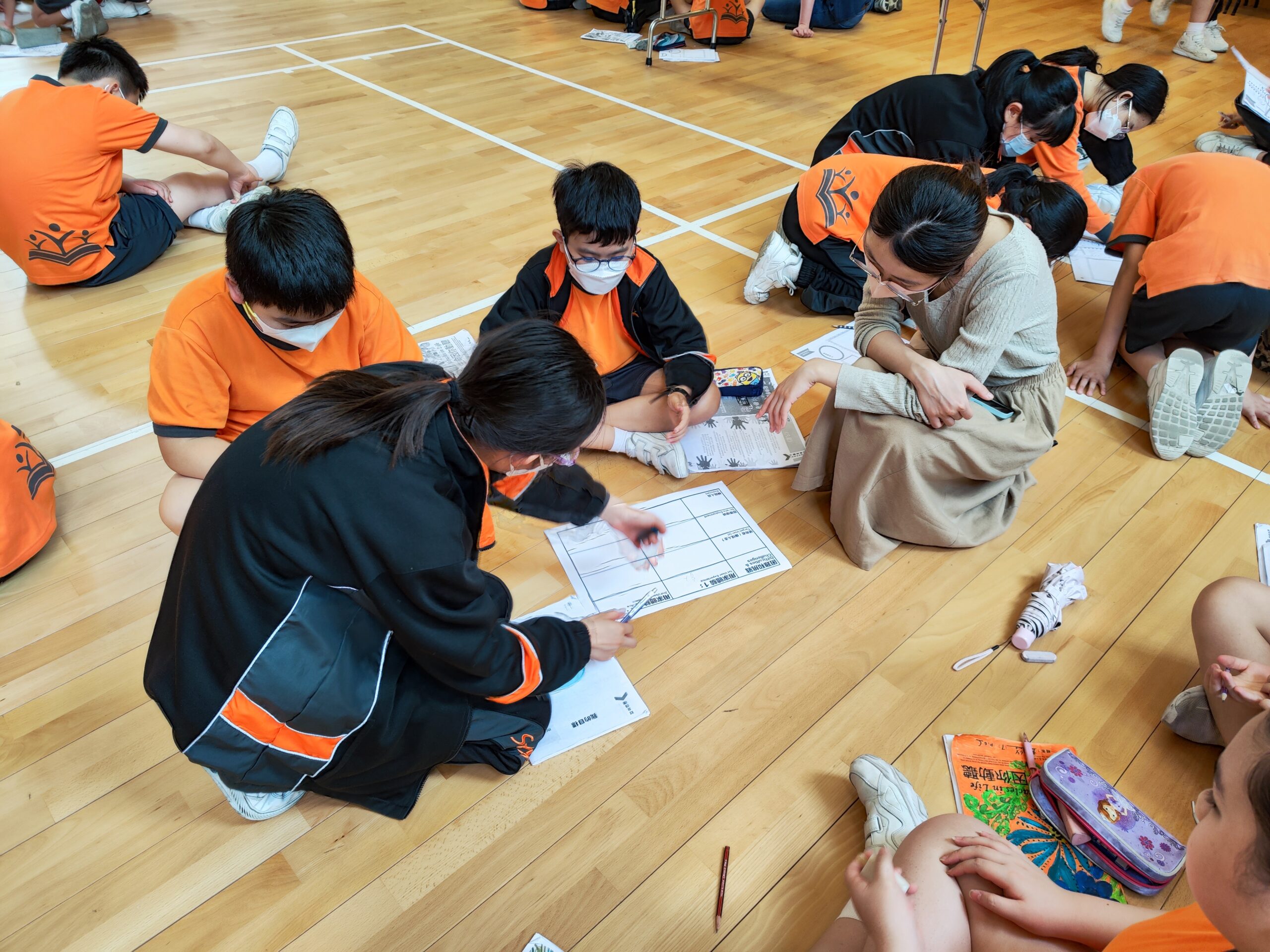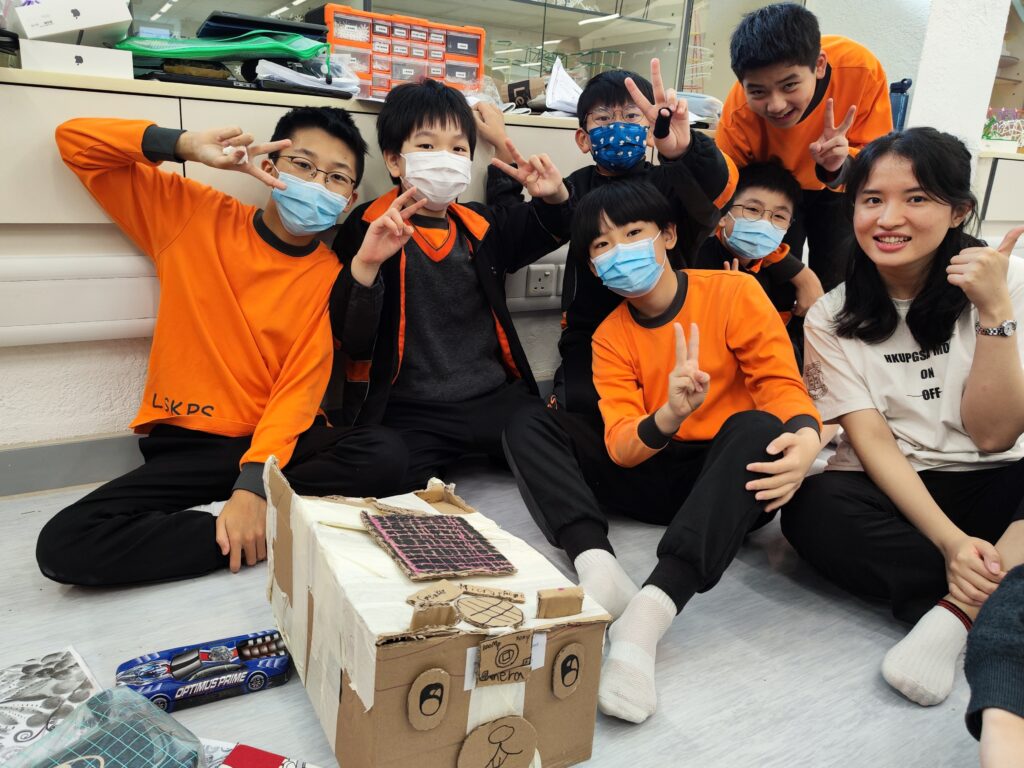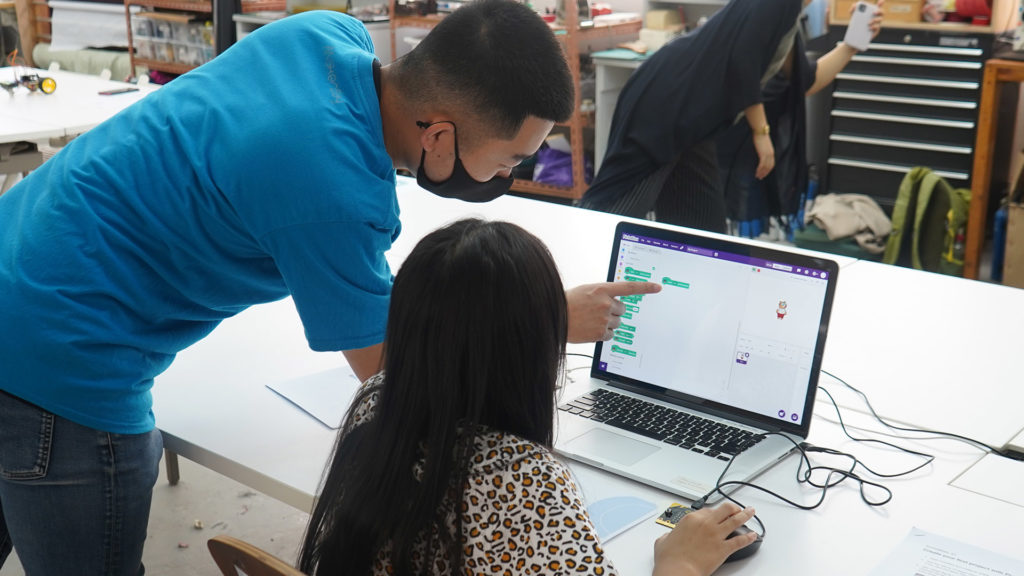Innovating Education with Design Thinking: An introduction of Design Thinking in the Classroom

Design thinking is a methodology for human-centred problem-solving. It combines the best of several fields — including design, human factors, and user experience — to create new products and services that are useful, feasible, and desirable. It is not just another fad in education. In the past few years, design thinking has become an increasingly prevalent approach to designing curricula and learning experiences that meet users’ needs. In this article, we’ll explore what design thinking is and how educators can use it to innovate their classroom pedagogy. Read on to find out more!
What is Design Thinking? Act as a Designer, not just a Problem Solver.
Tim Brown (Executive Chair of IDEO) states, “Design thinking is a human-centered approach to innovation that draws from the designer’s toolkit to integrate the needs of people, the possibilities of technology, and the requirements for business success.”

Bela H. Banathy defined the diamond shape in his 1996 book Designing Social Systems in a Changing World. Throughout the work, Banathy describes the dynamics of a design process as going through divergent exploration and then iterating to converge and refine one specific alternative. So, we can see this repeat in both the problem and solution. For a given problem, which may be the stated problem but it may also be an idea, enhancement request, defect, goal, or an unknown – there first needs to be an exploration of that trigger. What is the problem? What contributes to the problem? What are the different ways to define the problem? What possible root causes could exist for the problem?
In the double diamond model, there are four stages:
- Discover – Market and User Research to explore the problem space
- Define – Synthesize and interpret research, clearly articulate the problem and scope
- Develop – Identify, prototype, iterate, and test potential solutions to the defined problem
- Deliver – Select a design alternative, guide engineering through design details until it is ready to be released

Therefore, Design thinking refers to the process of designing — or re-designing — a product or service to meet users’ needs. The design thinking process is flexible and can vary in structure, depending on the project. In general, though, it begins with empathizing with the users of the product. This step involves extensive research and involves “walking in the shoes” of users to see the world from their perspective. The next step involves synthesizing the data to create personas representing the users. Designers can then use these personas to inform their design decisions throughout the process. And then, of course, comes the actual design itself. The design process is generally iterative, which means designers can test their assumptions throughout the process and make changes based on the outcomes of their research. Designers also prototype their ideas — whether they’re designing a product, service, or learning experience — to test them and get feedback from users before they go to market.
More important, Design Thinking is a mindset, which includes three key elements:
- Empathy, awareness of you know nothing about others
- Creative Confidence, confidence of showing your creativity
- Experimental Spirit, believe in trial & error and the experiment result but not just someone telling you right or wrong
Before implementing design thinking in the class, you should know a few key concepts:
- Design Thinking can’t solve ALL problems! It is a human-centric approach that helps solve people’s problems.
- It can be learnt only by doing and practising. You can’t teach or learn it by only reading books or doing research. You have to make something and practise it.
- Design Thinking requires a mindset shift. We are not born having empathy, creative confidence, and experimental spirit. If you can shift your mindset, all tools are not necessary.
- It is not a linear process. You should keep trying, reviewing, and making the prototype again.
- Making a solution is part of understanding the problem.
- Embracing ambiguity is the key to accepting new ideas.
Why Design Thinking in Education?

The benefits of design thinking are numerous, and educators have been implementing design thinking in their classrooms for a variety of reasons. For one, design thinking is human-centred. It’s not just about what the designer wants but what the end user needs. And since design thinking is all about problem-solving, it can be applied to a variety of issues in the classroom, from students’ content-based questions to teachers’ pedagogical problems. Design thinking encourages students to take an active role in their learning, which makes it a great approach for flipped classrooms.
In fact, design thinking can make flipped classrooms even better: Design thinking encourages students to solve their own problems, which means they can use their time in the flipped classroom to work collaboratively.
In fact, design thinking can make flipped classrooms even better: Design thinking encourages students to solve their own problems, which means they can use their time in the flipped classroom to work collaboratively.
How to Practice Design Thinking in the Classroom


To incorporate design thinking into your classroom, start by identifying the problem you want to solve. In other words, what current practice do you want to transform or improve? Next, thoroughly research the problem by interviewing stakeholders, conducting user research, and considering any quantitative data you have (e.g., test scores).
At this point, you’re not looking for solutions — you’re just trying to understand the problem thoroughly. Then, synthesize your data to create personas that represent the users of your product or service. Next, create a set of hypotheses about what those users want. Lastly, prototype your solutions and test them with users to see if your solutions are feasible and desirable.
At this point, you’re not looking for solutions — you’re just trying to understand the problem thoroughly. Then, synthesize your data to create personas that represent the users of your product or service. Next, create a set of hypotheses about what those users want. Lastly, prototype your solutions and test them with users to see if your solutions are feasible and desirable.
Conclusion
Design thinking is a flexible approach to problem-solving that can be applied to a variety of issues and industries. This article explored what design thinking is and how educators can use it to innovate their classroom pedagogy. We explored key elements of design thinking and a few ways educators can incorporate design thinking into their classrooms: cultivating empathy for users, synthesizing data, creating a set of hypotheses, and prototyping solutions.
In short, design thinking is not just for designers. Educators can use design thinking to create more effective learning experiences that go beyond the standard curriculum.
In short, design thinking is not just for designers. Educators can use design thinking to create more effective learning experiences that go beyond the standard curriculum.







Responses